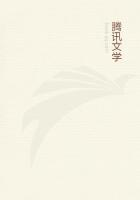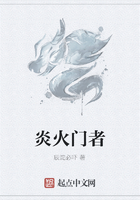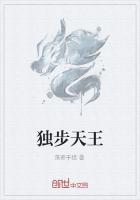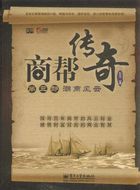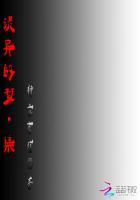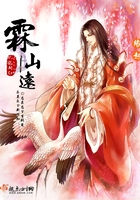CEREMONIAL AND SYMBOLIC WORSHIP
Modern Perversions of Early Religious Rites. The Sun Dance. The Great Medicine Lodge. Totems and Charms. The Vapor-Bath and the Ceremonial of the Pipe.
The public religious rites of the Plains Indians are few, and in large part of modern origin, belonging properly to the so-called "transition period." That period must be held to begin with the first insidious effect upon their manners and customs of contact with the dominant race, and many of the tribes were so influenced long before they ceased to lead the nomadic life.
The fur-traders, the "Black Robe" priests, the military, and finally the Protestant missionaries, were the men who began the disintegration of the Indian nations and the overthrow of their religion, seventy-five to a hundred years before they were forced to enter upon reservation life. We have no authentic study of them until well along in the transition period, when whiskey and trade had already debauched their native ideals.
During the era of reconstruction they modified their customs and beliefs continually, creating a singular admixture of Christian with pagan superstitions, and an addition to the old folk-lore of disguised Bible stories under an Indian aspect. Even their music shows the influence of the Catholic chants. Most of the material collected by modern observers is necessarily of this promiscuous character.
It is noteworthy that the first effect of contact with the whites was an increase of cruelty and barbarity, an intensifying of the dark shadows in the picture! In this manner the "Sun Dance" of the Plains Indians, the most important of their public ceremonials, was abused and perverted until it became a horrible exhibition of barbarism, and was eventually prohibited by the Government.
In the old days, when a Sioux warrior found himself in the very jaws of destruction, he might offer a prayer to his father, the Sun, to prolong his life. If rescued from imminent danger, he must acknowledge the divine favor by making a Sun Dance, according to the vow embraced in his prayer, in which he declared that he did not fear torture or death, but asked life only for the sake of those who loved him. Thus the physical ordeal was the fulfillment of a vow, and a sort of atonement for what might otherwise appear to be reprehensible weakness in the face of death. It was in the nature of confession and thank-offering to the "Great Mystery," through the physical parent, the Sun, and did not embrace a prayer for future favors.
The ceremonies usually took place from six months to a year after the making of the vow, in order to admit of suitable preparation; always in midsummer and before a large and imposing gathering. They naturally included the making of a feast, and the giving away of much savage wealth in honor of the occasion, although these were no essential part of the religious rite.
When the day came to procure the pole, it was brought in by a party of warriors, headed by some man of distinction. The tree selected was six to eight inches in diameter at the base, and twenty to twenty-five feet high. It was chosen and felled with some solemnity, including the ceremony of the "filled pipe," and was carried in the fashion of a litter, symbolizing the body of the man who made the dance. A solitary teepee was pitched on a level spot at some distance from the village, and the pole raised near at hand with the same ceremony, in the centre of a circular enclosure of fresh-cut boughs.
Meanwhile, one of the most noted of our old men had carved out of rawhide, or later of wood, two figures, usually those of a man and a buffalo. Sometimes the figure of a bird, supposed to represent the Thunder, was substituted for the buffalo. It was customary to paint the man red and the animal black, and each was suspended from one end of the crossbar which was securely tied some two feet from the top of the pole. I have never been able to determine that this cross had any significance; it was probably nothing more than a dramatic coincidence that surmounted the Sun-Dance pole with the symbol of Christianity.
The paint indicated that the man who was about to give thanks publicly had been potentially dead, but was allowed to live by the mysterious favor and interference of the Giver of Life. The buffalo hung opposite the image of his own body in death, because it was the support of his physical self, and a leading figure in legendary lore. Following the same line of thought, when he emerged from the solitary lodge of preparation, and approached the pole to dance, nude save for his breechclout and moccasins, his hair loosened and daubed with clay, he must drag after him a buffalo skull, representing the grave from which he had escaped.
The dancer was cut or scarified on the chest, sufficient to draw blood and cause pain, the natural accompaniments of his figurative death. He took his position opposite the singers, facing the pole, and dragging the skull by leather thongs which were merely fastened about his shoulders. During a later period, incisions were made in the breast or back, sometimes both, through which wooden skewers were drawn, and secured by lariats to the pole or to the skulls. Thus he danced without intermission for a day and a night, or even longer, ever gazing at the sun in the daytime, and blowing from time to time a sacred whistle made from the bone of a goose's wing.


